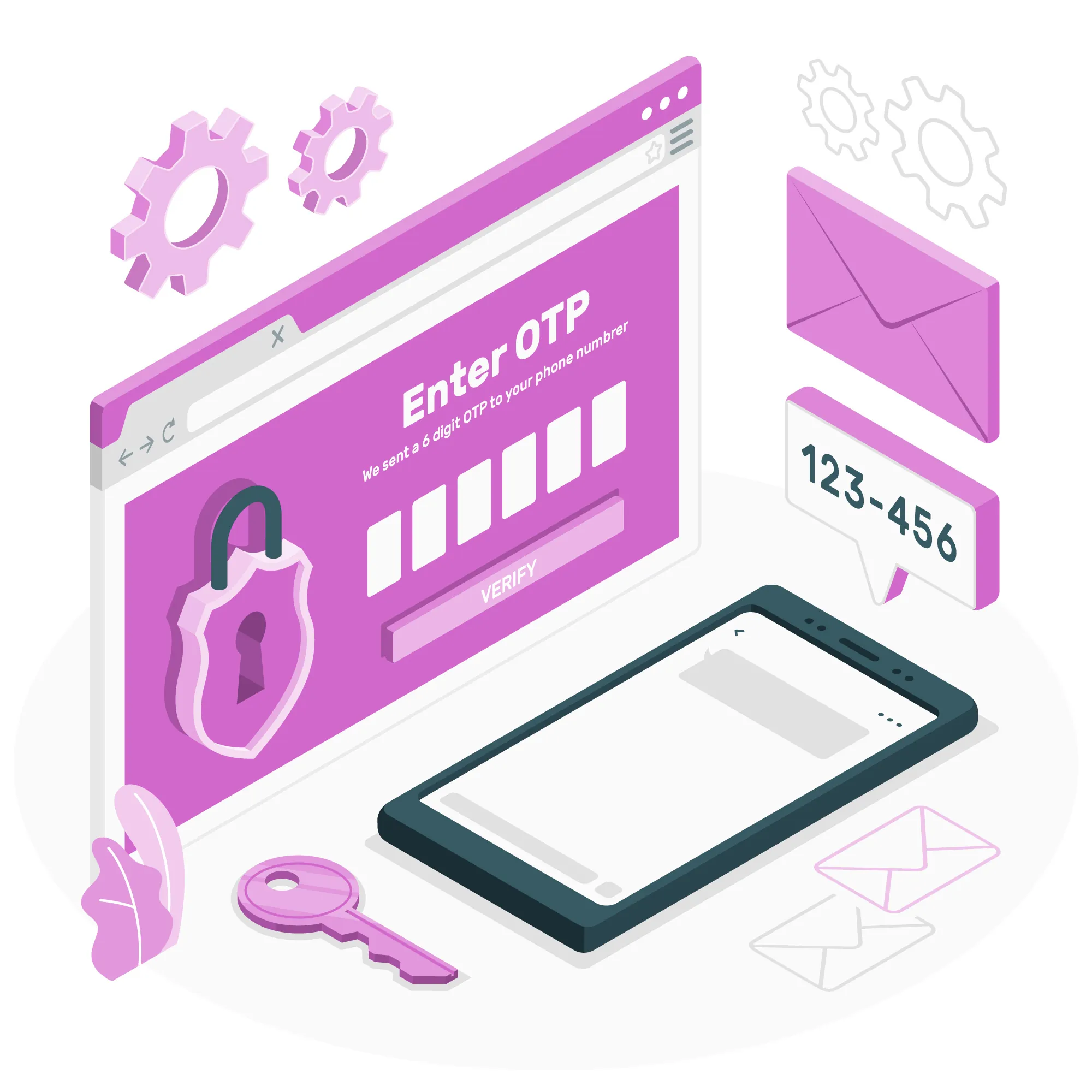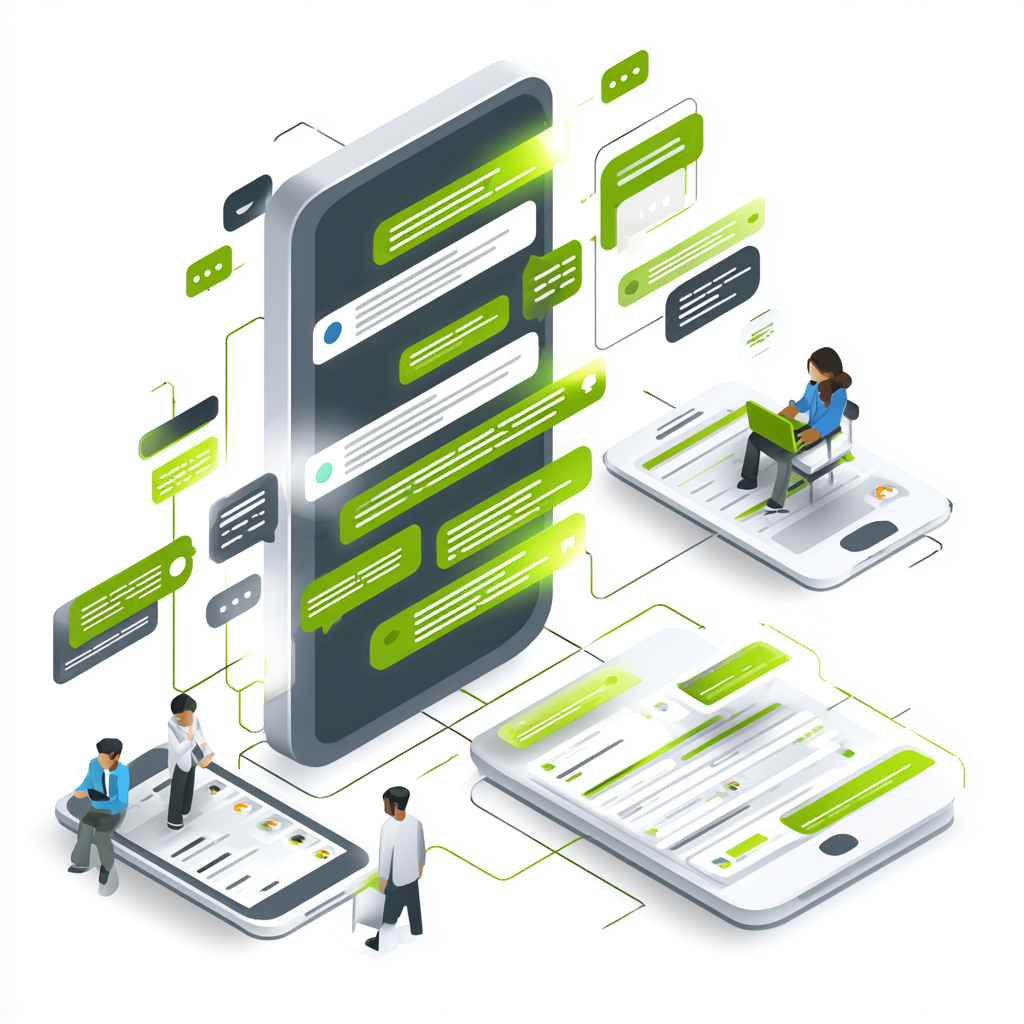OTP, or One-Time Password, is important in cybersecurity and user authentication. As digital activities increase, reliable identity verification methods have become essential.
Traditional password systems are often inadequate against modern cyber threats, making OTPs an effective alternative for securing sensitive data. This article explores OTP characteristics, types, applications, challenges, and their significance in the digital world.
What is an OTP?
An OTP is a one-time password (numeric or alphanumeric) used for a single session or transaction. Unlike static passwords that can be reused, an OTP is valid only for a limited time, reducing the risk of unauthorized access.
Characteristics of OTPs
Understanding OTP features highlights their effectiveness in enhancing security:
- Single-use: Each OTP can only be used once, ensuring attackers cannot intercept or reuse codes.
- Time-limited: OTPs have a short validity, usually 30 seconds to a few minutes, which minimizes attack opportunities.
- Random generation: OTPs enhance security by being generated in an unpredictable manner.
- User-specific: OTPs are sent to a registered email address or phone number, ensuring only the intended user can access them.
- Easy to implement: Organizations can easily incorporate OTP systems into authentication processes.
How OTPs work
An OTP system typically combines user credentials with a time-based or event-based algorithm. When a user initiates a login or transaction, the system generates an OTP and sends it via SMS, email, or an app.
The user must enter this code to complete the authentication process.
Types of OTP generation
There are two types of OTP generation.
- Time-based OTP (TOTP): The code changes every 30-90 seconds, meaning that even if someone intercepts it, it becomes useless after the time expires.
- HMAC-Based OTP (HOTP): This type uses a counter instead of time. Each time an OTP is requested, the counter increments, generating a new one-time password (OTP) code. The user must keep track of the counter to ensure synchronization.
Difference between a static password and OTPs
Static passwords and OTPs differ significantly in terms of security and usability:
- Static passwords: These are fixed credentials, such as P@ssw0rd123, that users create and can repeatedly use for login. While convenient, static passwords are vulnerable to various cyberattacks, including brute force and phishing, due to their permanence.
- One-time passwords (OTPs): An OTP, such as 678945, is a temporary code for a single transaction or session. It expires after use or a short period, making it much harder for attackers to exploit. This limited validity enhances security and minimizes the risk of unauthorized access.
Methods of OTP transmission
OTPs can be delivered in various ways:
- SMS OTP: SMS is the most widely used method for sending OTPs to users’ mobile devices. While convenient, this method can be vulnerable to SIM swapping and interception.
- Email OTP: This is helpful for users without immediate phone access, although it is less secure if the email account is compromised.
- Authentication apps: Apps like Google Authenticator or Authy generate OTPs locally on the device. This method is more secure, as it does not rely on external communication channels.
- Hardware tokens: These are physical devices that generate OTPs. They are highly secure but can be expensive and less convenient for users.
- Push notifications: Some services send a push notification to the user’s mobile device, prompting them to approve or deny a login attempt. This method combines convenience with security.
- Phone calls: An automated voice shares the code for phone calls, which can be harder to use if not noted promptly.
Top 10 importance of OTP for security
The significance of OTPs in the modern digital landscape cannot be overstated. Here are ten key reasons why OTPs are essential for security:
Enhanced security:
OTPs provide an additional layer of security, making it significantly harder for attackers to gain unauthorized access. Even if a hacker obtains a user’s password, they still need the OTP to complete the login process.
Prevention of replay attacks:
Since OTPs are valid for a single use and time-limited, they effectively prevent replay attacks. An attacker who captures an OTP during a transaction cannot reuse it, adding protection against fraud.
User verification:
OTPs serve as a strong method for verifying user identity. They confirm that the person attempting to log in or make a transaction has access to the registered communication channel (like an email account or phone number).
Compliance with regulations:
Many industries are governed by regulations that mandate strong authentication measures. Using OTPs helps organizations comply with compliance regulations.
Increased trust:
In sectors like banking and e-commerce, the presence of OTPs builds trust with customers. Users feel more secure knowing that their transactions require additional verification.
Reduced risk of credential theft:
With OTPs, the risk associated with credential theft is significantly reduced. Even if a password is compromised, the additional layer of security helps protect sensitive information.
Flexibility in authentication:
Organizations can tailor OTP systems to meet their specific needs, providing flexibility in how users authenticate. This adaptability is crucial in dynamic environments.
Enhanced user experience:
While OTPs add steps to the authentication process, they can also enhance user experience by providing a sense of security. Users may be more willing to engage with services that protect their information.
Prevention of unauthorized transactions:
OTPs help prevent unauthorized transactions by requiring additional verification for actions such as fund transfers, purchases, or changes to account settings, safeguarding user accounts.
Mitigation of phishing risks:
Organizations can mitigate the risks of phishing attacks by requiring an OTP for transactions. The OTP requirement can thwart unauthorized access even if users fall for a phishing attempt.
Common applications of OTPs
OTPs are widely used across various sectors, including:
Banking and financial services:
In banking, OTPs are commonly used for online transactions, account access, and authentication of sensitive actions like fund transfers. Banks send OTPs to customers via SMS or email to ensure that only authorized individuals can perform transactions.
E-commerce:
E-commerce platforms utilize OTPs to authenticate users during the checkout process. This additional verification step helps prevent unauthorized purchases and builds trust with customers.
Email and social media accounts:
Email services and social media platforms use OTPs to boost account security. When users log in from a new device or location, they must enter an OTP sent to their registered email or phone.
Healthcare:
Healthcare providers use OTPs to protect patient data and ensure that only authorized staff can access sensitive medical records. This practice is essential for maintaining patient privacy and complying with regulations like HIPAA.
Challenges and limitations of OTPs
While OTPs enhance security, they are not without challenges:
- User convenience: Users can see the requirement to enter an OTP as inconvenient, especially if they have to wait for an SMS or email. Waiting for an OTP frustrates users and potentially drives users away from services that implement such security measures.
- Dependence on communication channels: OTPs rely heavily on the availability of communication channels. If a user has access to their email or phone, they may be able to complete authentication.
- Vulnerability to phishing attacks: Phishing attacks can still target OTPs. They are vulnerable if users unknowingly share them with malicious actors.
Transitioning to the future of OTPs
As technology evolves, so too will the methods of authentication. While OTPs are currently one of the most effective forms of two-factor authentication (2FA), future trends may include:
- Biometric authentication: Integrating biometric data, such as fingerprints or facial recognition, could complement or even replace OTPs in some applications, providing a seamless and secure user experience.
- Adaptive authentication: Adaptive authentication systems analyze user behavior and context to determine the level of authentication required. OTPs might not be necessary for low-risk transactions, while high-risk transactions could still require them.
- Enhanced security protocols: As cyber threats become more sophisticated, the protocols surrounding OTP generation and transmission will need to evolve. This could involve stronger encryption methods and better user verification processes.
Strengthening Cybersecurity with OTPs
OTPs are a vital component of modern cybersecurity strategies. They offer enhanced security, protect against unauthorized access, and help comply with industry regulations.
Implementing OTPs helps organizations significantly reduce the risk of data breaches and boosts user trust in their systems. Although OTPs are not a complete solution to all security challenges, they mark a crucial step forward in the fight against cyber threats.
Adopting and innovating OTP systems will ensure a safer online environment. By staying informed about the latest developments in authentication technology, users and organizations can better protect themselves from the ever-present dangers of cybercrime.





